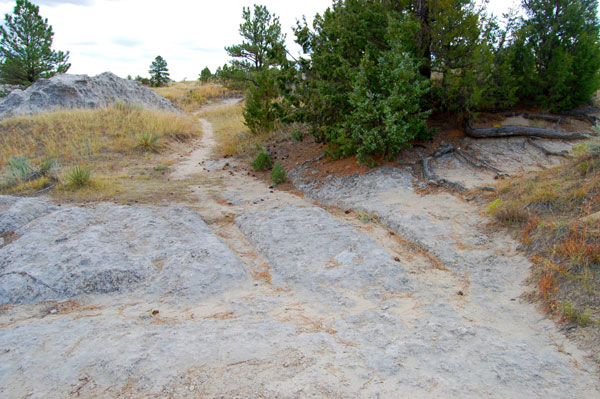I just came across some “mocking” video of Gladiator (the movie), and it came to me with the same topic to KC - the roads and ways are completely incorrect.
The “double stripe”, as we know the country roads of today, is the result of cars and heavy machinery - thus it would not be possible in Middle Ages, as the majority of carts were dragged by single horse only. So the most trodden path would be in the middle, making it at best “triple-stripe” (middle for horse, sides for cart wheels).
Where no carts moved, it would be “single stripe”, its width depending on the usage of the road.
But, since the cart wheels would only make narrow stripes of grass-less lines, the most people would take the middle path anyway, making it even more grass-less.
Maybe this would be something worth paying attention to 







 ) you do not need car or second animal pulling wagon. People and animals will often choose parallel simply becouse of a paddle or a mud and so this grass stripes in the middle may appear.
) you do not need car or second animal pulling wagon. People and animals will often choose parallel simply becouse of a paddle or a mud and so this grass stripes in the middle may appear.
